Europe’s hotspots reeling without big-spending US tourists
Something is conspicuously absent from Europe’s tourist destinations: Americans. Hotels, eateries, beaches and museums are reeling from the loss of their biggest spenders.
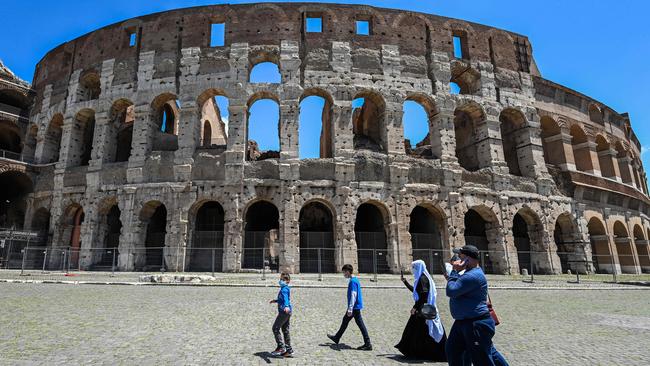
From Lake Como to the Louvre, something is conspicuously absent from Europe’s tourist destinations this summer: Americans.
The EU last week extended its travel ban on tourists from the US and other countries due to surges in coronavirus cases.
The loss of the Americans, in particular, is a heavy blow as they accounted for 29 per cent of tourists arriving from outside Europe in 2018, according to the World Tourism Organisation.
Europe’s hotels, restaurants, cafes, beaches, museums and other attractions are reeling from the loss of their biggest spenders.
Few places are suffering from the lack of Americans more than Bellagio, a picturesque town on the shores of Lake Como, where about two-thirds of summertime visitors arrive from the US. Shops, restaurants and the pedestrian cobblestone streets are largely deserted. Most hotels are still closed and some cafes have more locals than tourists, a situation unheard of from March to October in a normal year.
Maurizio Rizzo, a painter who has a small gallery near Bellagio’s wharf, hasn’t sold a single painting since reopening a month ago following Italy’s long lockdown and is considering closing for the rest of the season. On a recent afternoon, he sat outside his gallery watching YouTube videos and bemoaning the lack of Americans, who make up 99 per cent of his clientele.
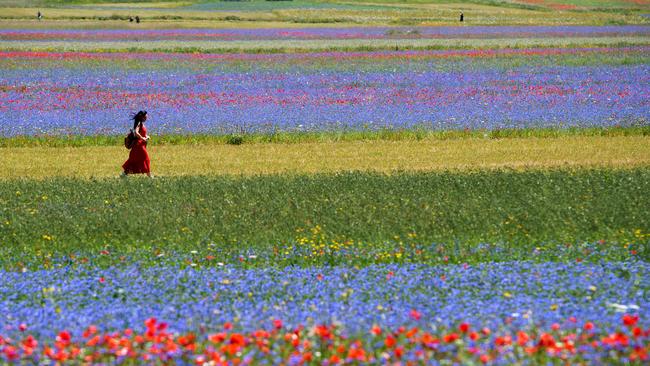
“We desperately need the Americans to solve their coronavirus situation or we are going to be ruined,” says Rizzo.
About 70m away at the wharf where throngs of people are normally milling about waiting for ferries and hydrofoils to get a lift to other destinations on the lake, a few pigeons plied the area looking for handouts. A late afternoon hydrofoil to Como that would normally be full had one passenger.
“We’ve accepted that we aren’t going to see any Americans this year, but it is going to hurt,” says Giovanni Casillo, co-owner of Bar Rossi on Bellagio’s waterfront. “An Italian orders a coffee, Americans order drinks and food and they are generous with tips.”
The pain caused by the missing Americans is compounded by the inclusion of China in the EU ban. About 10 per cent of tourists arriving from outside the EU came from mainland China in 2018.
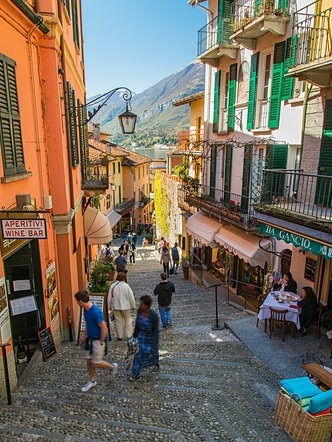
The bloc said it would lift the ban on China, where relatively few infections have been reported over the past few months, if the country does the same for EU tourists.
Travellers from the US to Italy will drop by almost three-quarters in the period from May to October, according to Enit, Italy’s national tourism agency. The 4.4 million Americans who travelled to Italy last year spent €5.5bn ($8.9bn), making them the highest per capita spenders, according to Enit Chairman Giorgio Palmucci.
The pinch is being felt across Europe, which this year could lose half of its 37 million travel and tourism jobs as revenue drops by a similar amount, according to the World Travel and Tourism Council’s baseline forecast released last month. Travel and tourism account for 13 per cent of the economy in Italy and 9 per cent in France and Europe as a whole, according to the group.
About five million Americans visit France every year, spending €4bn to €5bn, according to Didier Arino, the director of Protourisme, a French consulting firm.
At La Fontaine de Mars, a 112-year-old bistro tucked under the arcade of a street near the Eiffel Tower, Americans normally account for 70 per cent of dinnertime clients and spend about €70 per person for specialties that include foie gras and duck breast fillet. French clients have taken up some of the slack but haven’t filled the hole left by American customers. Overall diner numbers are currently down by about a third from normal levels, said Christiane Boudon, one of the restaurant’s owners.
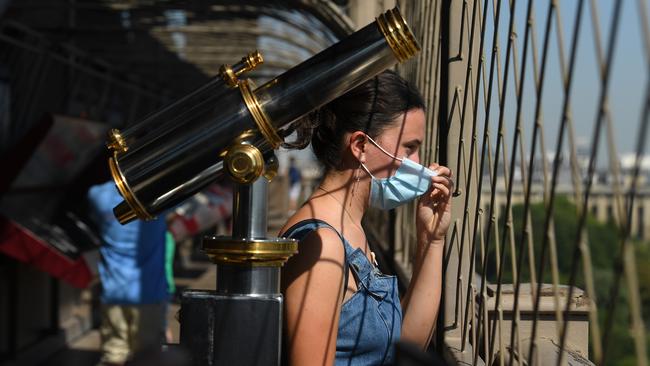
Before the coronavirus, “we would never have lunch or dinner without an American”, she says.
On the Île de la Cité, Jérôme Campos, a 25-year-old waiter at the Le Quasimodo Notre Dame brasserie, is lamenting the lack of American customers who tend to tip between €5 and €15 compared with a few euros for most French and other Europeans clients.
“They can be very generous,” says Campos of Americans as he brings espressos to a couple of French patrons seated outside the mostly empty restaurant.
In Nice on the southeastern coast, foreigners normally account for more than two-thirds of tourists.
About 500,000 Americans, or 11 per cent of foreign tourists, visit the city and surrounding region every year and spend on average €150 per person a day, close to three times as much as French tourists, according to the Côte d’Azur Regional Tourism Committee.
Nice has two direct flights to the US, which are suspended, and United Airlines intended to add one to Newark until the pandemic upended those plans.
“Having so many foreigners, it is our strength, and this time it is our Achilles’ heel,” says Denis Zanon, the director of the Nice Metropolitan Tourism Office.
In Bellagio, most business owners are already focusing on next year, when they hope the virus will be under control both in Italy and the US Italy and other countries want to gin up more domestic and European tourism this year, extending the season for national parks and concentrating marketing spending in Europe. But the expected increase won’t be enough to fill the gap.
Four- and five-star hotels on Lake Como and across Europe are among the hardest-hit businesses because they rely on well-heeled American tourists.
In the town of Cernobbio sits Villa D’Este, one of Italy’s most expensive and luxurious hotels. In July, a standard room without a lake view costs €920 a night while a one-bedroom suite with a lake view goes for €3350. Occupancy this month is about 35 per cent, compared with 98 per cent last July. In the first half of July, Americans normally account for 70 per cent of clients, says General Manager Danilo Zucchetti.
The hotel’s popularity with American movie stars earned it the nickname “Hollywood on the Lake” in the 1950s. George Clooney owns a villa near the town. Americans have been the biggest contingent of clients since at least the 1930s when they came in force despite the Great Depression, says Zucchetti.
The paucity of Americans and Italy’s social-distancing rules led the hotel to cancel its Fourth of July fireworks show and gala dinner — which last year included Maine lobster and peanut brownies to accompany Italian dishes — for the first time in at least two decades.
“This year is a sad anomaly for us,” says Zucchetti.
The Wall Street Journal

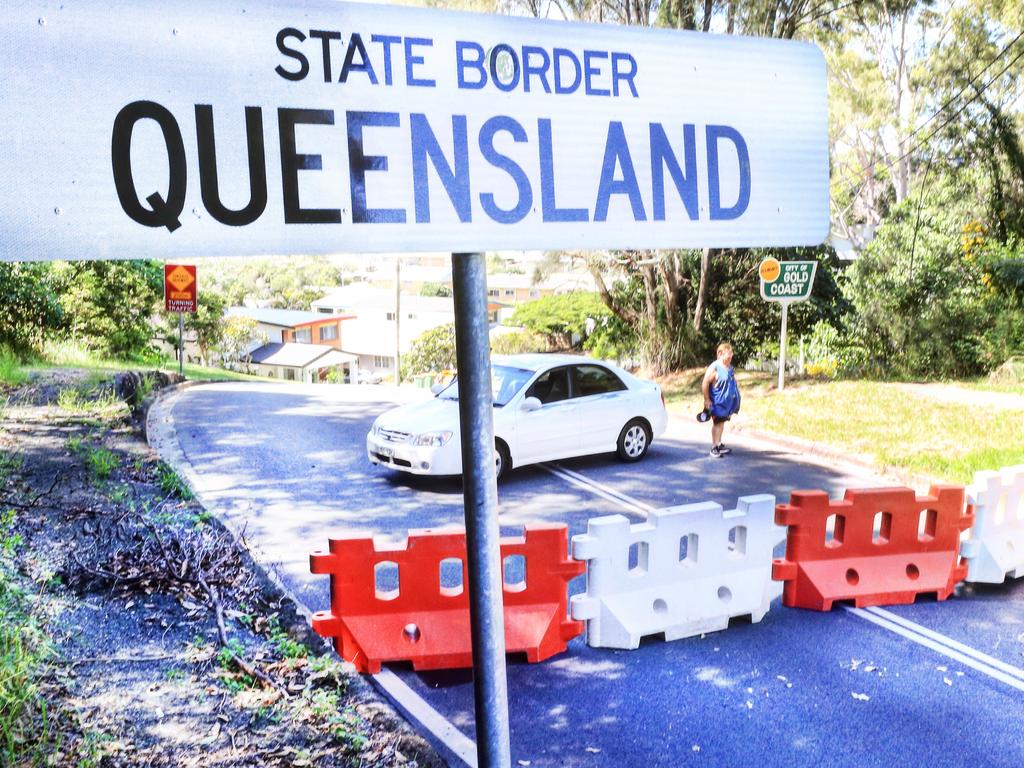
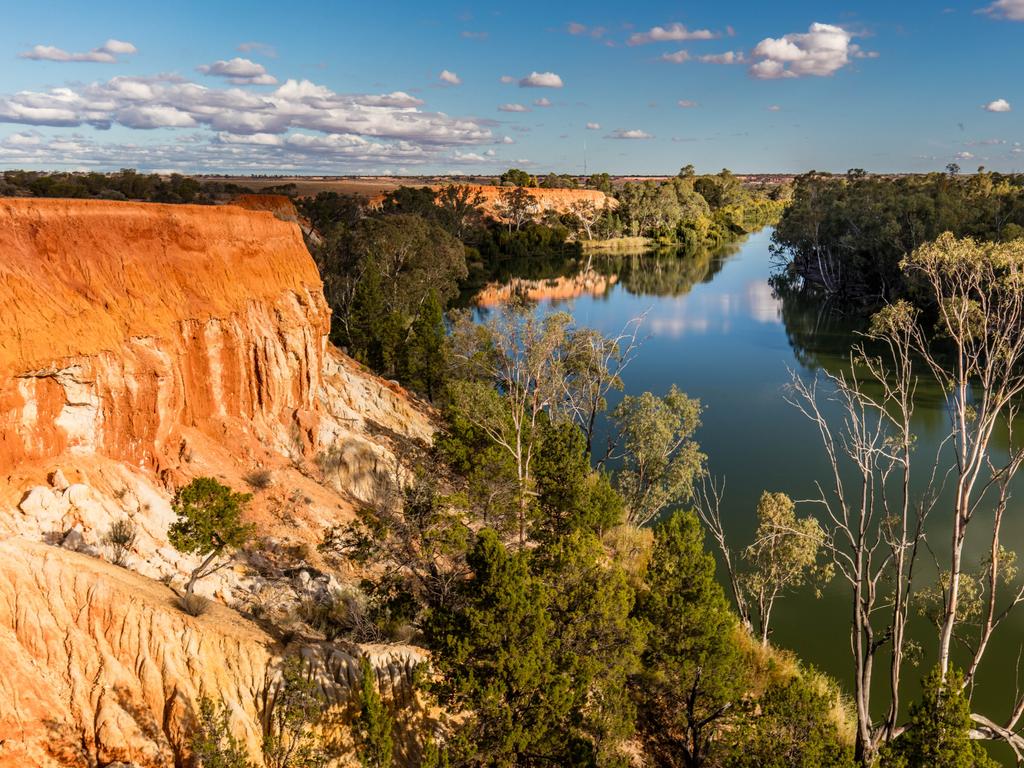
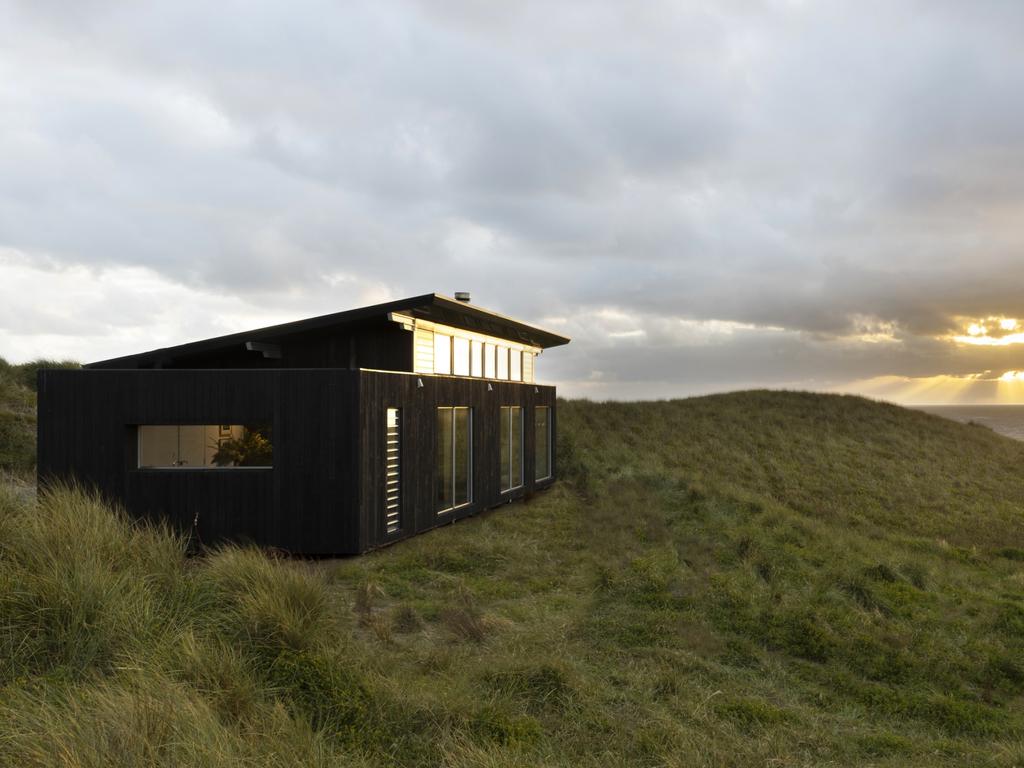



To join the conversation, please log in. Don't have an account? Register
Join the conversation, you are commenting as Logout